“It leaves you powerless. This has an enormous impact”
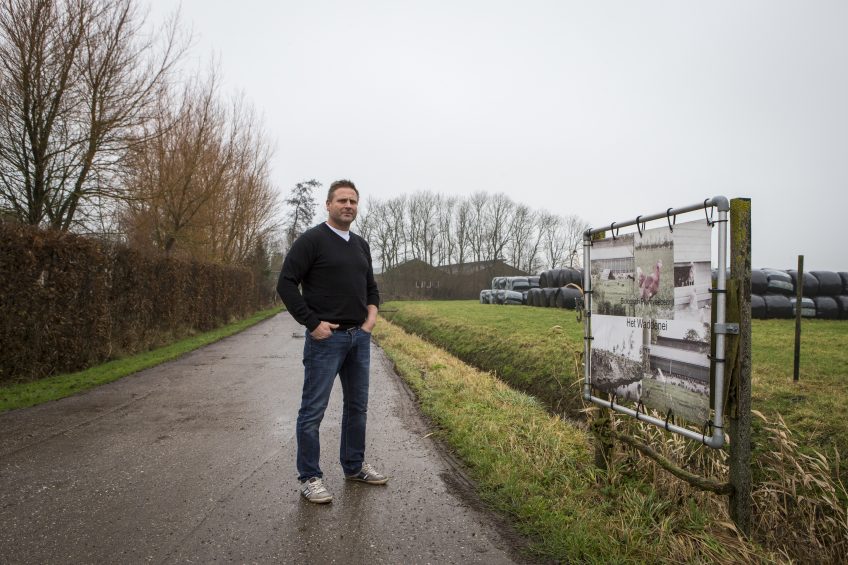
In 2016 poultry farm Waddenei was struck twice by avian influenza, low pathogenic at first, followed by a high pathogenic variety. And again the chickens were destroyed. Laying hen farmer Rimer Dijkstra tells his story. “Fate has struck again.”
“I saw a completely different situation. This time I immediately knew there was something amiss.” The farm of laying hen farmer Rimer Dijkstra (45) in Hiaure, the northern part of the Netherlands, was struck by avian influenza twice in 2016. Early June an infection with the low-pathogenic H7 variety emerged. On the 28th of December, an infection with the high pathogenic H5 virus was confirmed. “In June I mainly saw lethargic birds. This time the virus spread rapidly and there was an immediate increase in mortality,” says Dijkstra.
Barely a week prior to Christmas his farm underwent a cull for the second time in a period of six months. That was surreal and hard to comprehend, says the poultry keeper. “We have kept free-range chickens here for the last 17 years and never affected by a disease. All of the sudden it happens to us twice, in a short space of time. How is it possible?”
There are two houses at the farm and in June, they were populated with 16,000 organic hens and 32,000 free-range chickens. The mild variety of avian influenza was confirmed in one of the houses. There was no problem in the other house. However, in accordance with protocol, the entire farm was culled, including the healthy birds. “That left a nasty taste,” states Dijkstra.
Between hope and fear
By early November the farm was populated by new hens. The houses had remained empty for 20 weeks. Poultry farm Waddenei completely switched to organic. Rimer kept 28,500 organic chickens. The animals remain inside from the first day of the production cycle. In early November, before the pullets were delivered, the government announced the ban on keeping commercially kept poultry outdoors due to avian influenza in wild birds. Meanwhile Dijkstra does everything within his power to prevent a new infection from taking place. He strictly follows the hygiene protocol. He works with separate footwear and clothing in each house and places several disinfectant mats.
Just like any other poultry farmer Dijkstra closely follows the news on avian influenza. When the virus was found at a few duck farms, but, it remained quiet after that, the Frisian had hope laying hen farms would be spared. But that hope was forlorn. In the week before the infection came to light, Dijkstra feared the worst. In the surroundings of Hiaure several dead wigeons were found. Not long after that there was news of an infection in the nearby town of Abbega. “I lived between hope and fear. The pressure was extremely high. It is actually a matter of waiting for the sentence.”
Aggressive virus
On Friday the 16th of December Dijkstra noticed a problem. He suddenly sees four birds collapse. Not long after that, he noticed the first dead birds. The poultry farmer knew it was useless to observe the situation any longer. The clinical symptoms clearly point in the direction of a high pathogenic variety of avian influenza. On Saturday morning, he raised the alarm. Half a day later – around midnight – the official confirmation follows. It is HPAI. “The aggressive virus already claimed many victims by then. The birds were beyond salvation.” On Sunday, the authorities arrive in order to fill the hen houses with CO2. Protocol was strictly followed. To a certain extend Dijkstra is glad it all went so quickly. At least he got it over with.

On Monday the 19th of December the hens were removed. Dijkstra assisted in removing the last eggs from the houses. The image of thousands of dead birds is burnt into his memory. “That is the fear of each poultry farmer. A few days earlier the hens were in top condition. As a poultry farmer, you know the birds will leave one day. But this is absolutely not the way you want this to happen. Usually the hens remain at our farm for more than a year. This time they were here for only a couple of weeks. That is not what you want.”
The exact cause of the infection remains unclear. However, Dijkstra sees an undeniable link between the dead wigeons and the sick hens at his farm. “Just one feather of a dead bird contains thousands of virus parts. Hens are not able to withstand this. But still it is unknown how exactly the virus entered the farm.”
Both cullings have had an enormous impact on Dijkstra and his family. For years, he lived with the hope that avian flu virus would pass him by. But he always kept in mind his farm could be struck one day too. Now this has happened twice in a short period of time Dijkstra knows better than anyone what this implies. “It leaves you powerless. It has an enormous impact. As a poultry farmer, you completely lose faith. After the first culling, I was terrified it would happen again. Can you imagine how I feel now? It is unimaginable.”
Plea for vaccination
The days before Christmas are dark and grey. Dijkstra feels empty. But he knows he needs to look ahead. That is why he enquired about the possibilities of ordering new hens. But it may take a while before there will be new birds on his farm. Dijkstra takes a vacant period of another 20 weeks into account. The organic sector works with an ordering system. Hens can’t just be moved around. “This is a disaster for our farm. Although we do receive a fee per hen, this does not equal total compensation. We‘ve lost almost a year of income from egg sales. Every poultry farmer can do the maths to find out what this implies.”
Rimer Dijkstra hopes it will soon be possible to vaccinate hens against avian influenza. The situation as it is now has become unsustainable. “All these cullings can’t be justified socially. The sector’s image is damaged. It is terrible for individual farms.” Although 2017 appears to become a difficult year business wise, Dijkstra doesn’t let himself be boxed in. Life goes on. And the poultry farmer has the support of his family, friends and acquaintances.
Join 31,000+ subscribers
Subscribe to our newsletter to stay updated about all the need-to-know content in the poultry sector, three times a week. Beheer
Beheer
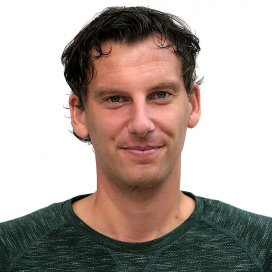
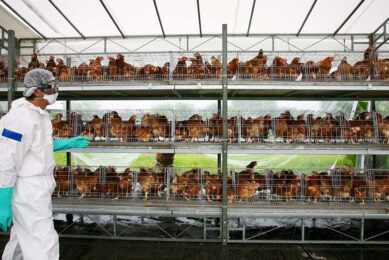
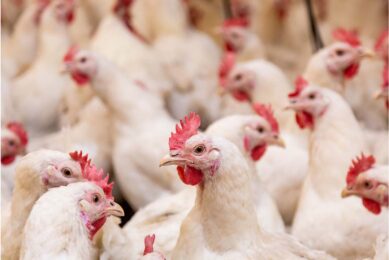

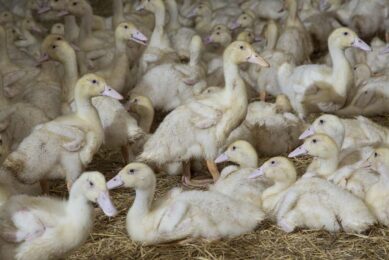



 WP Admin
WP Admin  Bewerk bericht
Bewerk bericht